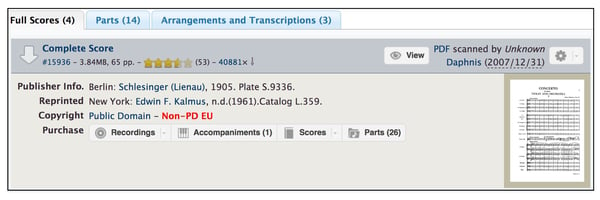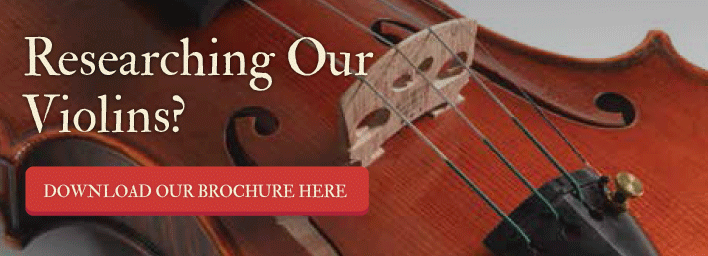Understanding Public Domain And Where To Find Public Domain Music

Selecting the right music program for a class or a recital is always a challenge. You want to present something that balances the students’ skill level with an audience favorites, without being too redundant. And don’t forget about creating the program around a theme! Frankly, you’ve got a lot going on.
On top of all that, you have to think about copyright issues, such as how to handle music rights for teaching purposes and recitals. Copyrights, which are the rights an owner has to a work or performance which prevents others from using it without permission, are complicated. In every discussion on copyrights, the issue of works in the public domain comes up as an effective way to sidestep specific copyright issues. Yet, the matter of understanding what's in the public domain can be murky too. However, using public domain music can save you some money and some headache, so it's worth understanding how to use it to your advantage.
In this post, we'll clarify what it means for a work to be in the "public domain," and provide links to some useful resources that will help you find public domain sheet music.
What is “public domain?”
A work enters the public domain when no one owns a copyright to it. If this definition isn’t entirely clear, you now understand why there isn’t just a master list of works in the public domain. The reason is that “works” has many meanings under copyright law. For purposes here, we’re going to focus on two copyrights:
- the right the composer has to a composition
- the right the publisher has to its sheet music for that composition
That’s right – these are two separate rights. They present a bar, theoretically, to two common ways you want to use music:
- the right to provide sheet music to students
- the right for your students (or you) to perform the works publicly
We’re going to help you manage both – but we’re not lawyers. Some of the links provided below will give notice whether a composition or specific sheet music is in the public domain in your country (copyright laws vary by country).
How to determine if a composition or its sheet music is in the public domain
Under United States copyright law, most works published before 1923 are in the public domain. This timeline doesn’t apply to all works published before the cut-off date, but most. You can be forgiven for thinking this means that all the music from the Baroque, Classical, and Romantic eras is now in the public domain. Under U.S. copyright law, a composer’s rights expire 70 years after their death (it’s 50 years in the European Union). If a composition has passed into the public domain, you can publicly perform it without violating the composer’s copyright. This is also why so many music publishers can put out their version of sheet music for these great works. They don’t have to pay anyone for the rights.
However, you need the sheet music for your students, and that may not be in the public domain. Most publishers add their own content to the sheet music. The arrangement may be unique. They could include notations or other kinds of value-added information. All this content is the publisher’s copyrighted content, which makes their sheet music protected.
This is why you need to focus on the publication date of the sheet music you want to use to determine if it is in the public domain. If the sheet music is in the public domain, you’re probably on safe ground regarding performance rights. Although, be careful with modern composers who worked in the murky area (from a copyright perspective) of the early 20th century. Composers including Stravinsky, Prokofiev, and Shostakovich are no longer in the public domain for complicated legal reasons that don’t bear exploring here.
Finding public domain sheet music
Alright, hopefully, you understand now that the best way to ensure you have rights free and clear to both provide the sheet music to your students and perform the work live is to work from sheet music published before 1923. Here are some useful links that provide sheet music in the public domain.
- This is an unofficial list of composers who’ve died after 1946, along with the year their works entered or will enter the public domain.
- Libraries often have good collections of public domain sheet music. Check the publication date of the book or sheet to confirm its publication date.
- List of Public Domain Music has a simple search tool. It provides facsimile reprints of sheet music that’s in the public domain in the United States.
- Petrucci Music Library has over 300,000 public domain music scores covering over 100,000 different works. You can search by composer or name of work (if it’s unique). The search results will specify where any particular sheet music is in the public domain.

- Musopen provides public domain sheet music, recordings, and education materials.
- Mutopia Project lets you search by instrument, composer or style. On its homepage, it highlights recent additions to its library and the most popular works.
About contemporary composers
Composers can voluntarily cede some of their rights to their works, so they’re more widely available during their lifetimes, which some contemporary composers are doing. However, this is an entirely different kettle of fish. For now, going with the public domain is your safest course. Here’s a more detailed discussion on the ins and out of copying sheet music.


